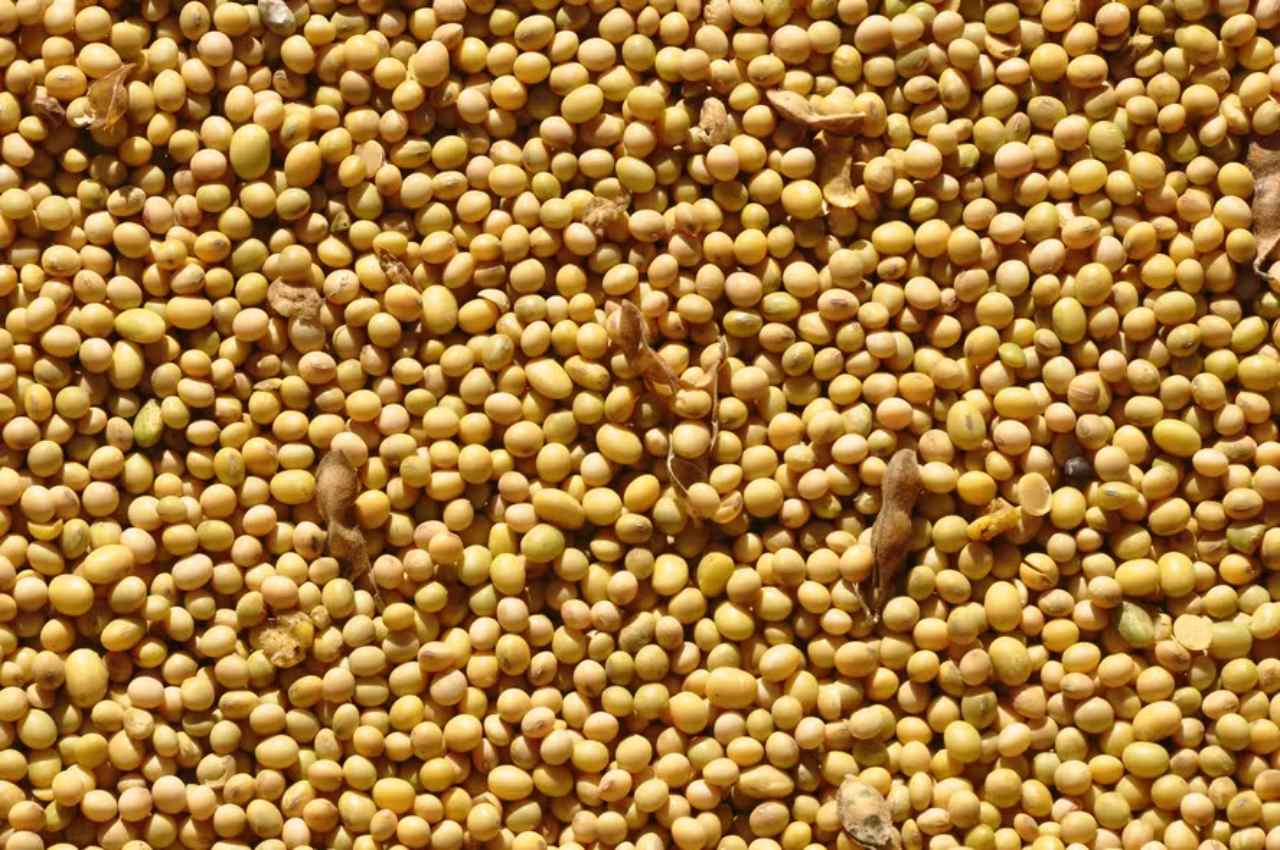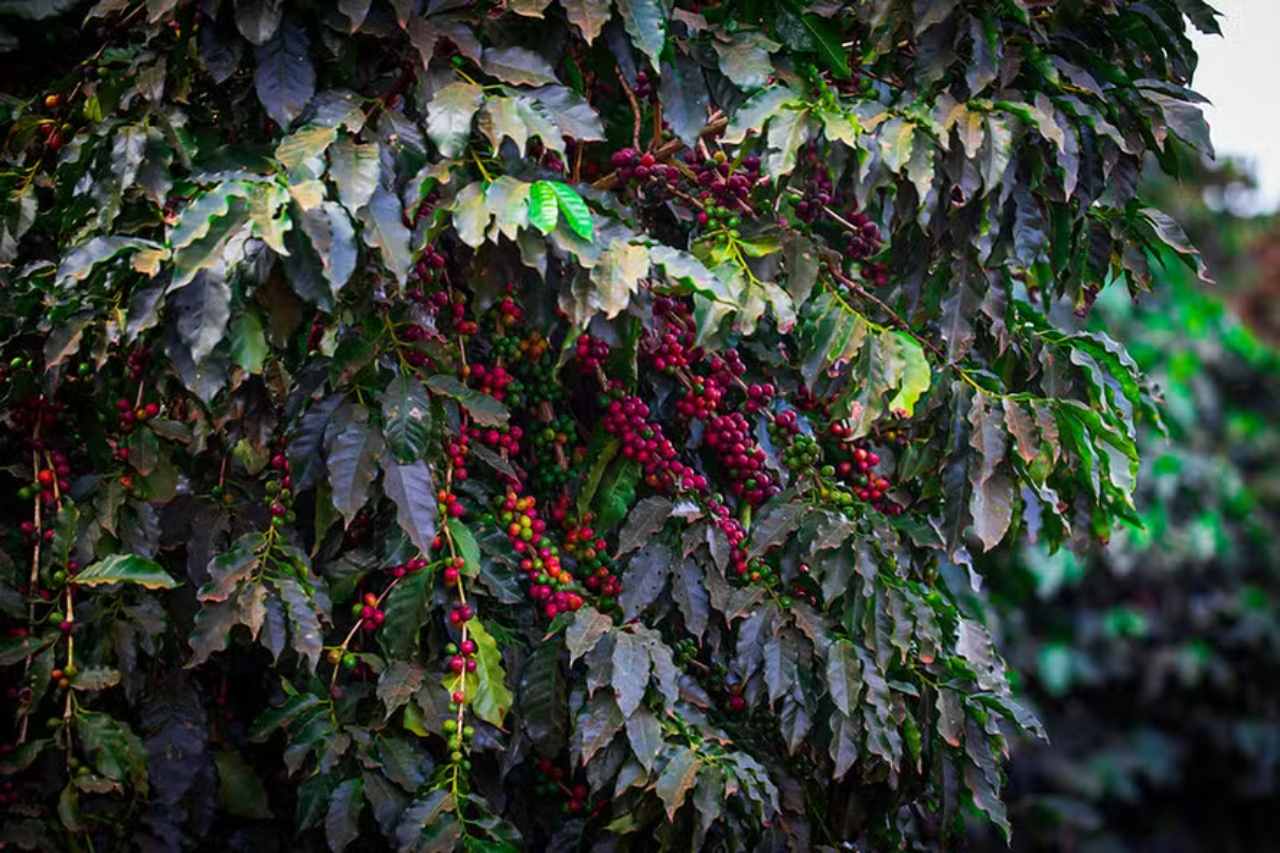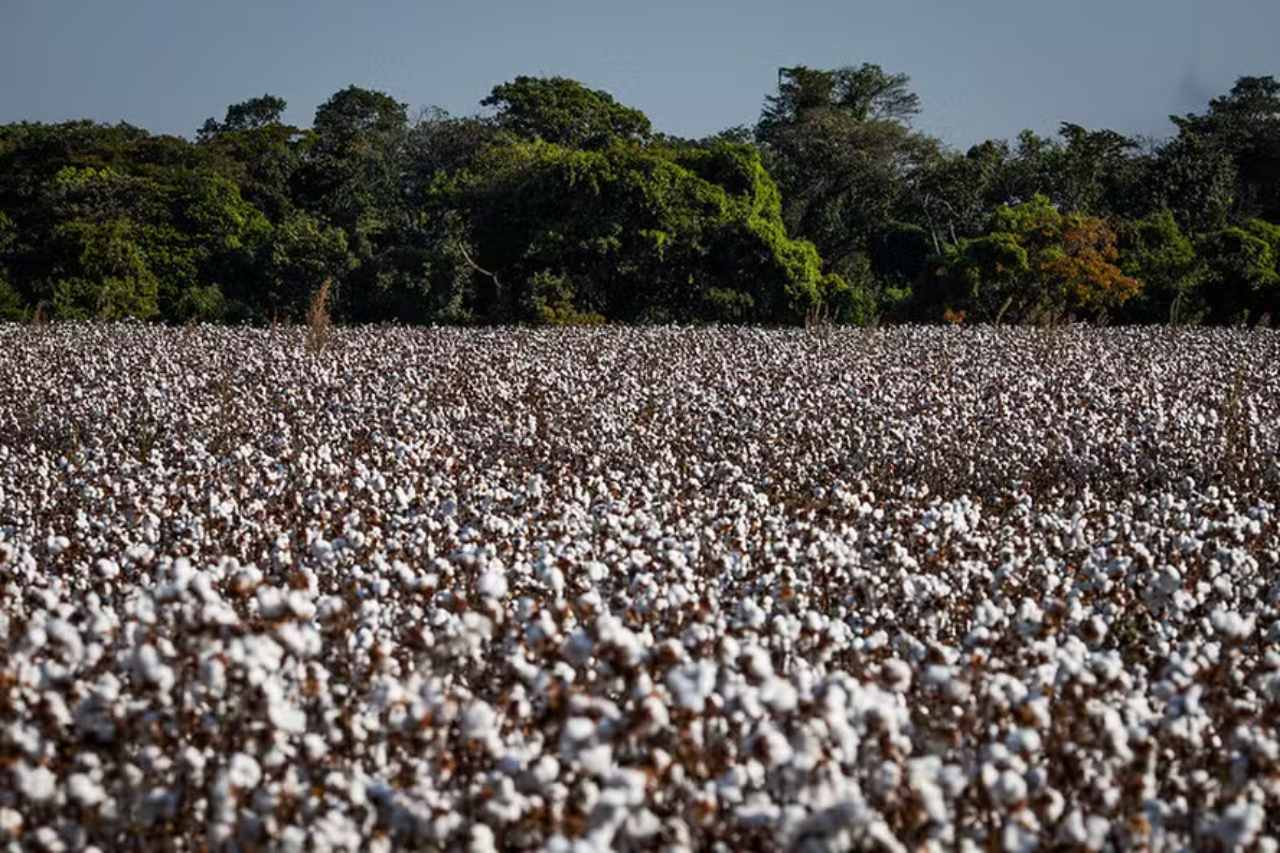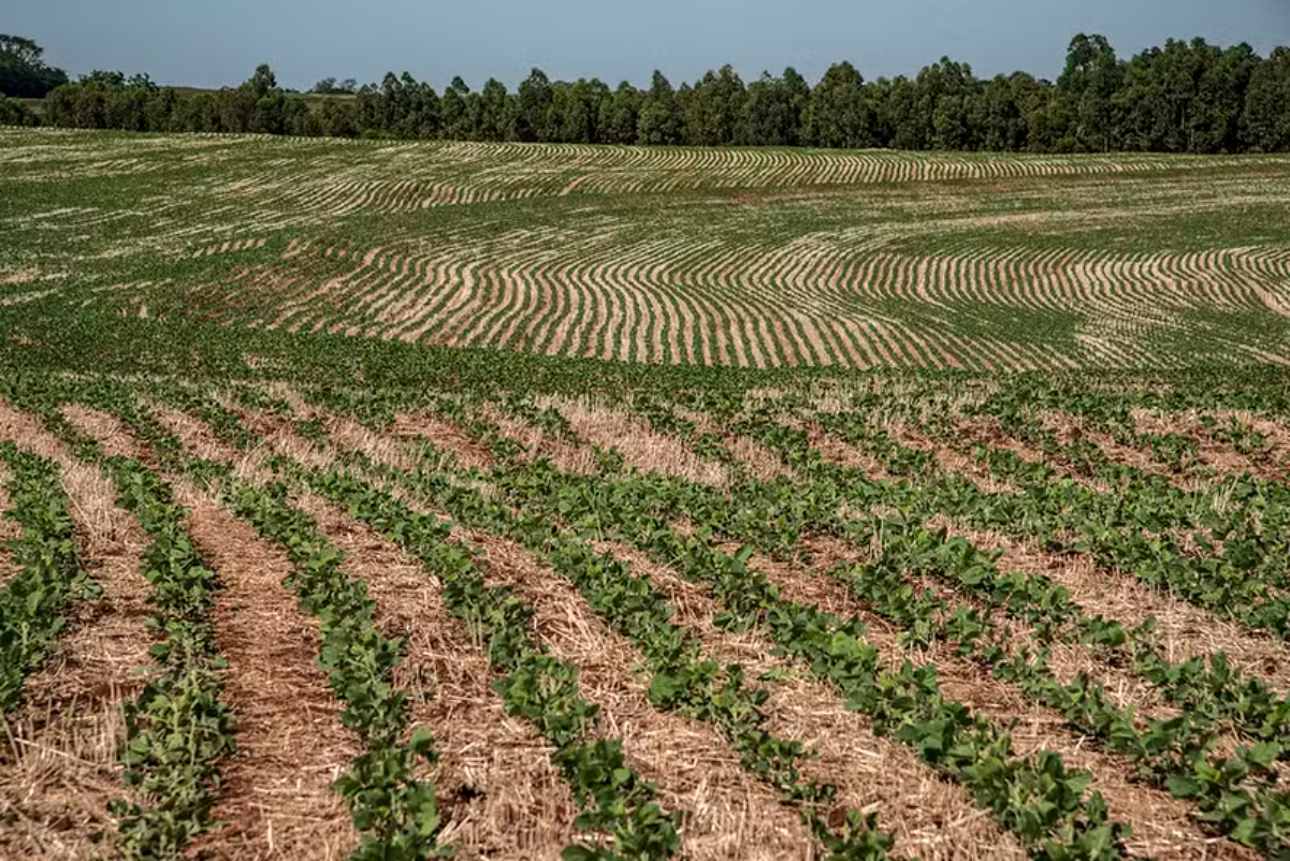The dollar’s strength is expected to support exporters through 2025.
The recent devaluation of the Brazilian real against the dollar has stimulated Brazil’s soybean and corn sales over the past two weeks. Projections for 2025 suggest that a strong dollar will continue making commodity prices in Brazilian reais favorable for export.
According to Brandalizze Consulting, 33% of the 2024/25 soybean crop has already been sold, surpassing the average of 30% for this period. “The dollar’s strength created an opportunity that producers seized,” notes consultant Vlamir Brandalizze from Brandalizze Consulting. For the 2023/24 crop, 78% of the harvested soybeans have been sold, leaving 32 million tons available. “Domestic sales have reached R$ 150 per sack, while new crop prices are at R$ 144 per sack for July 2025 delivery. The market remains robust.”
As for the second corn crop (safrinha), 86 million tons have been sold, leaving about 29 million tons yet to be marketed before the summer harvest in February. “Corn prices have also improved, ranging between R$ 73 and R$ 75 per sack at the Port of Paranaguá, up from R$ 60-62 in October. In the domestic market, industries are paying R$ 75 per sack, up from R$ 65 a month ago,” Brandalizze explains.
Analyst Paulo Molinari of Safras & Mercado attributes the rise in corn prices primarily to strong domestic demand. “There’s demand from both domestic industries and trading companies for exports, with exchange rate fluctuations supporting prices,” he says. Molinari expects corn prices to remain firm into the first half of 2025 due to an adjusted supply, partly because of a smaller summer crop. “Until next year’s second harvest, the domestic corn market will stay active,” he adds.
Stocks and Price Projections
For soybeans, Safras analyst Luiz Fernando Roque suggests that abundant harvests and high inventories in major producing countries (U.S., Brazil, and Argentina) will influence prices more than the exchange rate until the South American harvest in early 2025. He forecasts soybeans at $10 per bushel in Chicago, with a potential decrease in Brazilian soybean premiums to as low as 50 basis points per sack. “Prices may drop by R$ 15 to R$ 20 in Brazil, or perhaps even more,” Roque predicts.
In this context, a dollar rate above R$ 5.50 will aid exporters. The Central Bank’s Focus Report projects an average exchange rate of R$ 5.43 for 2025 and R$ 5.50 by the end of 2024. “For the rate to fall below R$ 5.40, Brazil would need to see substantial fiscal improvements, which depends on the government’s commitment to the promised spending cuts,” an analyst notes.
Producer Strategies
Soy producer Marcos Feldhaus from Sinop (MT) had already sold 60% of his crop before the dollar’s recent surge, limiting the impact on his sales strategy. “I learned to avoid pricing soy in reais. Given the unpredictability of premiums, my pricing strategy works better in dollars. Only those with a high margin sell in reais,” Feldhaus explains. He plans to monitor the weather before deciding on additional sales. “Despite having storage, I rarely hold soybeans. Brazil’s dynamic export market reduces the benefit of storing grain in this volatile macroeconomic climate.”
Meanwhile, Márcio Sechele, a soy farmer in Mormaço (RS), has planted 20% of his 2024/25 crop area but has yet to sell his future production. He aims to reach a 10% sales target by month’s end, once planting is complete. Until then, he remains cautious about price locks. “I’ve maintained this approach to manage risk. Last year’s heavy rains made conditions challenging, and we’re uncertain about the climate from now until harvest. With delivery commitments, I prefer not to be exposed to market risks,” he explains.
U.S.–China Trade Relations
On the international front, focus is shifting to the potential for a renewed U.S.-China trade war. Recently elected President Donald Trump has pledged to impose tariffs on imported goods. During his first term, Trump raised tariffs on Chinese products, which benefitted Brazilian soybean exports to China.
“Back then, Brazil exported an additional 10-15 million tons of soybeans to China,” says Roque. Safras projects 2024/25 soybean exports at 107 million tons, which could increase if a trade conflict arises.
Analyst Luiz Carlos Pacheco of TF Consultoria adds that the U.S. may resume sanctions on Chinese products, benefiting Brazil’s shipments to Asia. “Unless Brazil also faces sanctions, as Brazilian agriculture competes directly with the U.S.,” he cautions.





